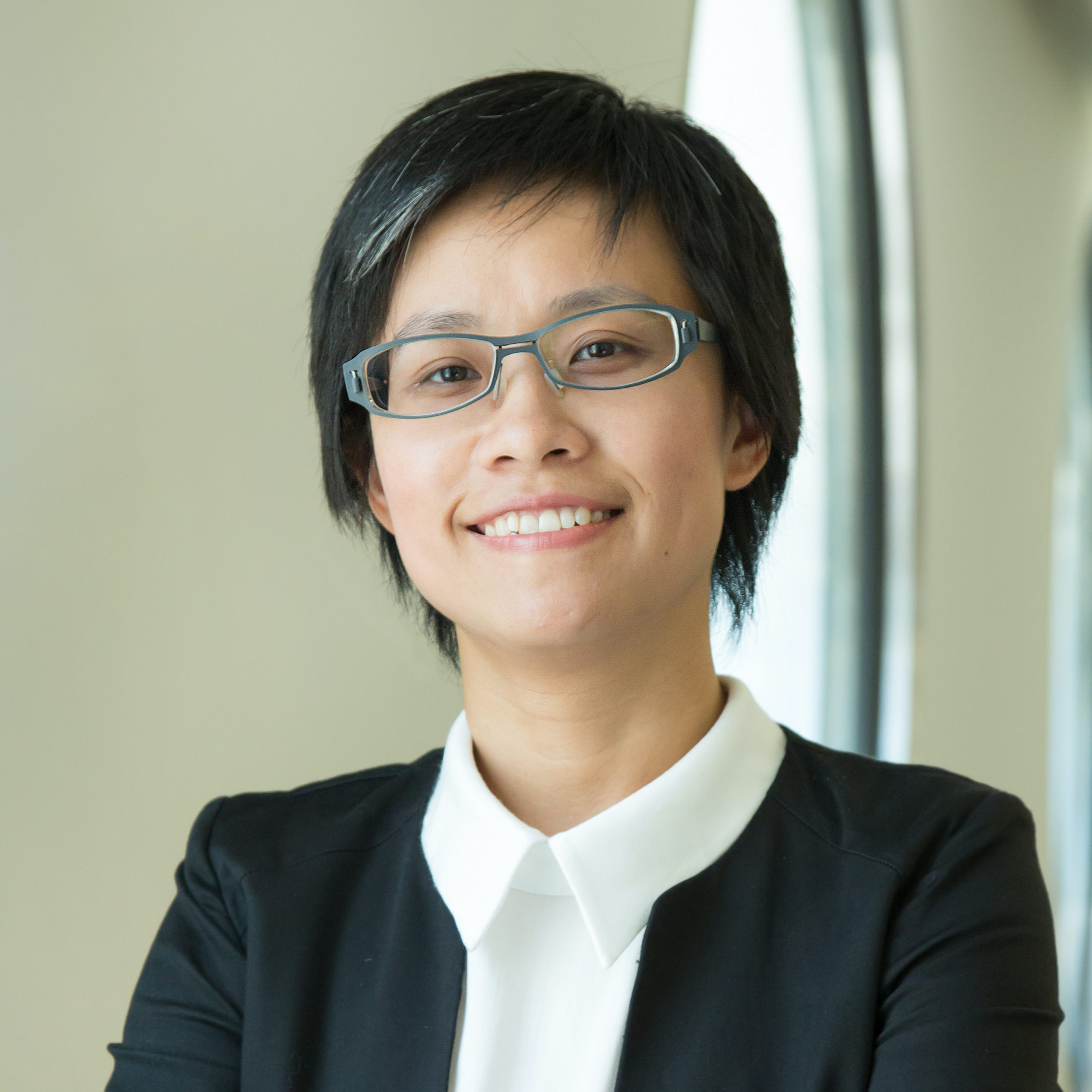
Towering buildings and aspirations
As a child growing up in Hong Kong, Florence Chan was always fascinated by the tall buildings that surrounded her. Two decades on, the accomplished architect and A&D Awards 2020 judge can list some of the most iconic skyscrapers in China and Hong Kong on her resume of projects.
After completing her architectural studies at the Chinese University here and the Harvard Graduate School of Design, Chan intentionally sought a company with a pedigree in designing tall buildings. She landed in New Haven, Connecticut, at Pelli Clarke Pelli, the practice behind many of the world’s most recognizable buildings, including New York’s World Financial Centre, Malaysia’s Petronas Towers and Hong Kong’s IFC. She spent almost six years there before moving to Kohn Pedersen Fox Associates where she is now a Director based back in Hong Kong.
So why the fascination with tall buildings? “There are different dimensions to them,” she says. “There’s the impact on the skyline which is pretty obvious. There’s the experience you have inside the building and the efficiencies of moving within it. And then there are the lower parts of the building, such as the entrance podium, where you see the interface with the city and the people.”
When asked to cite tall buildings that she admires, she nominates the Bank of China building by I.M. Pei. “It’s not the tallest building in Hong Kong but it’s my personal favourite because it embodies all those dimensions I was talking about in a very sophisticated way.” Another favourite development, not related to its height, is the Asia Society Hong Kong Centre, by Tod William and Billie Tsien, which integrates new and old buildings in a very challenging context.
Chan, who joins the A&D Awards judging panel for the first time this year, believes awards are important because they force practices to reflect on their work and put it up for assessment. “Awards tell you where you sit relative to the market and your peers. I like to think of the award submission as the final part of a project where you go through a process of reflection, and document the objectives and outcomes. So the project is not complete until this is done.”
Of course the accolades that come with winning an award are the icing on the cake. “The recognition is good also, it’s a boost for the team and the client.” As a judge, Chan is looking for well-rounded submissions that show how a building fits with its context, such as site usage, circulation and the choice of materials and the extent to which they are sympathetic to the surroundings.
Chan is also an adjunct assistant professor at her alma mater Chinese University which enables her to discuss the key issues with fellow academics and to share her experience with students. “From a personal point of view, its’s also an opportunity to refresh myself with different conversations away from the workplace.“ Chan is encouraged by the talent in her classes, and finds the training of an architect relevant to a range of career tracks, such as architecture, interior design, product design or project management.
Despite COVID-19, KPF is busy with many projects in China going ahead. She says there is an increase in master planning projects, which can take up to a decade, compared to 3-5 years for other projects. “As the economy slows, people have more time to think about the big picture issues, to strategize about their investments and plans.” Is that the silver lining of the pandemic? “Well it certainly gives you more time to reflect on your priorities. You should always try to get the best out of any situation,” she says.